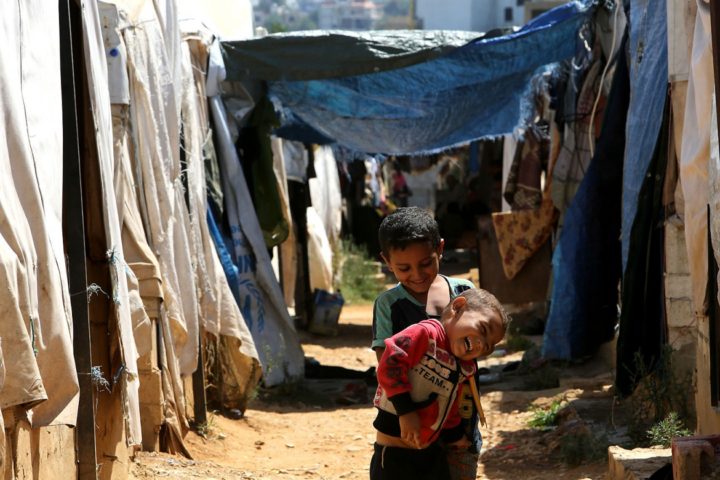The human cost of nuclear weapons
The International Red Cross and Red Crescent Movement, a global humanitarian network
Since their first use in 1945, the world has known about the catastrophic effects of nuclear weapons. Today, the urgency of the threat of these weapons has faded for many, and while the threat no longer seems as present, paradoxically we know more than ever before about the effects that even a limited nuclear war would have on the environment and the health of human beings. As long as nuclear weapons exist there remains a danger of intentional or accidental nuclear detonation, and we also know that there is a lack of capacity at the national and international levels to effectively respond to such a humanitarian catastrophe. This edition of the Review looks at nuclear weapons from the perspective of survivors, journalists, writers, lawyers, humanitarian practitioners and other experts, to examine the human cost.
Table of contents
EDITORIAL: A PRICE TOO HIGH: RETHINKING NUCLEAR WEAPONS IN LIGHT OF THEIR HUMAN COST
It is estimated that approximately 340,000 people died immediately and within the five years following the bombs being dropped on Hiroshima and Nagasaki on 6 and 9 August 1945. From the day of the bombing to today, the International Red Cross and Red Crescent Movement (the Movement) has been responding to the needs of victims and has been consistent in its opposition to the use of nuclear weapons.
For the full document see: https://www.icrc.org/en/who-we-are/movement
The human cost of nuclear weapons
-










